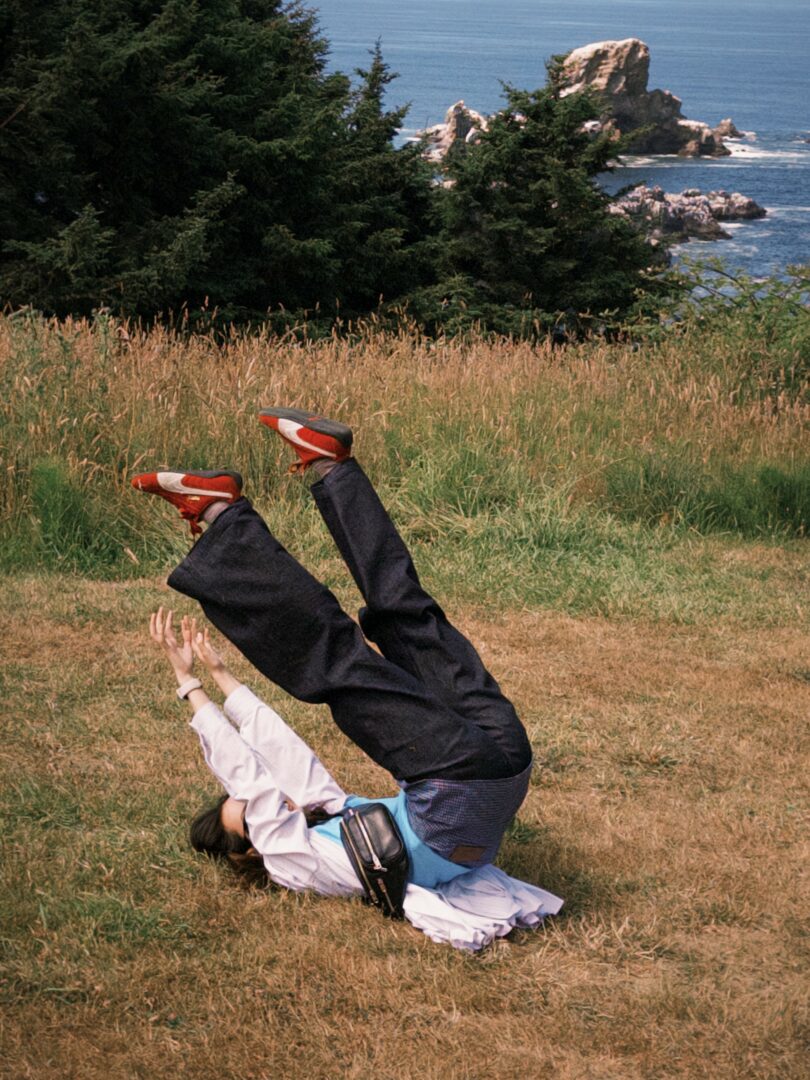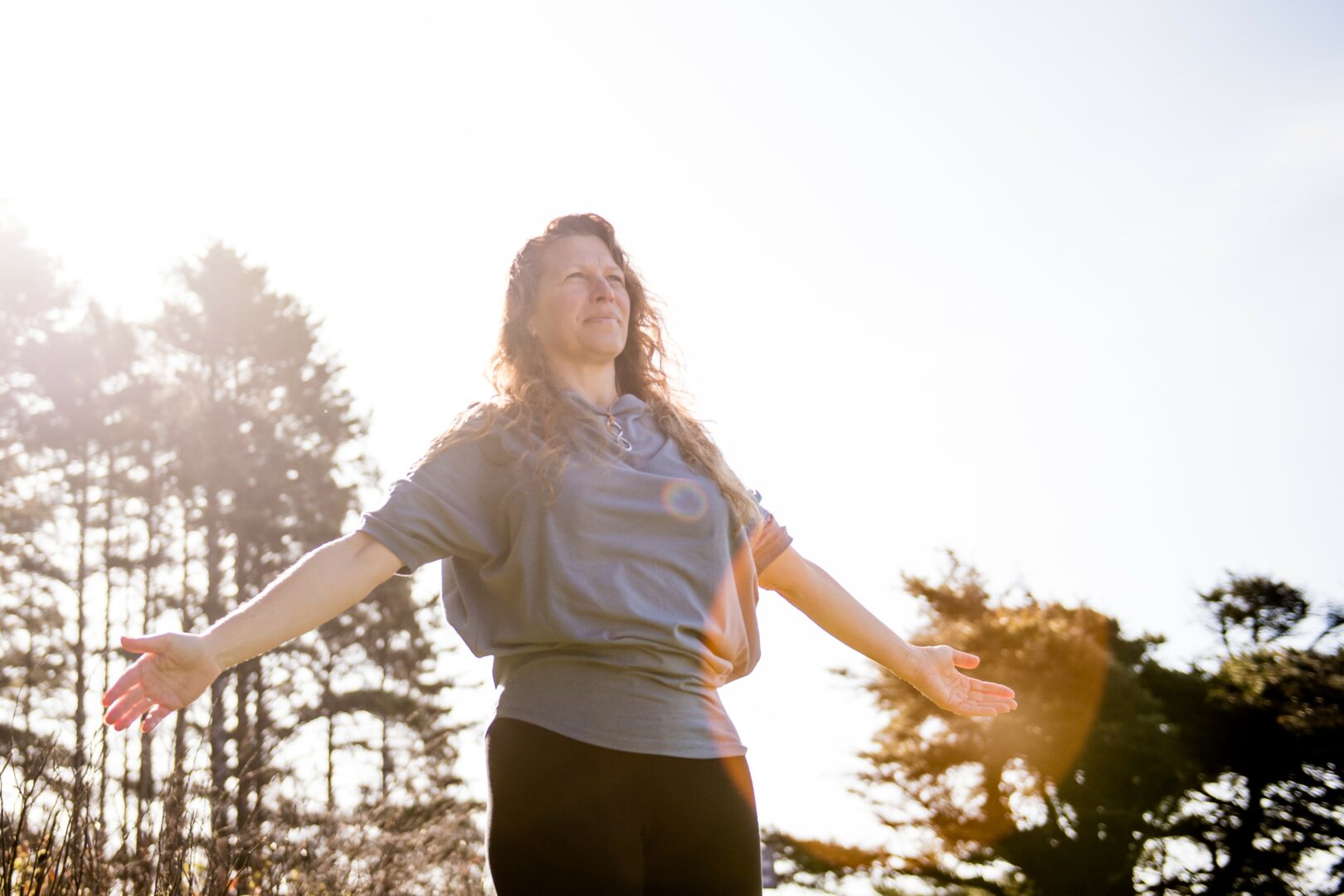We’re looking forward to introducing you to Shuning Huang. Check out our conversation below.
Good morning Shuning, we’re so happy to have you here with us and we’d love to explore your story and how you think about life and legacy and so much more. So let’s start with a question we often ask: Have any recent moments made you laugh or feel proud?
We were in the studio working on a calligraphy score—tracking “ink load” with breath and timing “drying” in stillness. I asked everyone to “let the brush run out of ink,” demoing with long practice sleeves. Mid-phrase my sleeve slipped clean off, glided across the floor, and landed downstage like perfect punctuation. We all lost it. One dancer said, “It’s a comma,” another added, “Or a breath mark.” We kept it.
What started as an accident became material: whenever a sleeve escapes, it cues a collective reset—one shared inhale, then the next phrase. Later the sleeve “traveled” on its own path (a dancer gently nudged it like a brush flick), and we mapped that little migration into the floor pattern. It was a good reminder that humor can be a collaborator. In calligraphy there’s *feibai飞白*—those broken, airy strokes when the brush thins out. That day gave us our stage version of *feibai*: a light, honest imperfection that now opens space for the ensemble to breathe together.
Can you briefly introduce yourself and share what makes you or your brand unique?
I’m Shuning Huang, a dance artist and choreographer from Nanjing, now based in New York. I grew up with Chinese dance and later trained in ballet and contemporary, so my work naturally mixes East and West—technique from Chinese classical/folk forms with the openness and play of contemporary dance.
I think of the “body as an archive”: it carries memories, language, family, and the places we’ve lived. In rehearsal I’m curious about small, honest gestures—how a breath, a glance, or the way a hand traces a line can hold a whole story. My pieces aim to feel clear and spacious rather than flashy: less “show,” more presence and care.
Right now I’m developing a new work (working title **Soft Manifesto for Paper Bodies**) that draws on Chinese calligraphy and simple “paper actions” like folding or sealing. It asks how our bodies are recorded by culture—and how they can “write back” through movement. Overall, I want audiences to leave breathing a little easier and seeing line, space, and attention a bit differently.
Great, so let’s dive into your journey a bit more. What relationship most shaped how you see yourself?
My dad shaped me most. He’s a Chinese calligrapher and painter, and when I was little my “job” was to help set the table for his work—lay the paper flat, line up the paperweights, bring a bowl of water that wasn’t too hot or too cold. He’d start quietly, and every so often he’d ask, “What changed?” It trained me to look again, not just glance. I learned patience, care for materials, and that process matters more than showing off.
He rarely corrected me with big speeches. If my hands were rushed, he’d have me reset the space and try again. If I wanted to quit, he’d say, “Finish one small thing well.” That rhythm—prepare, try, step back, try again—became how I rehearse and how I treat people in the room. It taught me steadiness, standards without harshness, and not signing my name until it feels true. That’s the foundation of how I see myself as an artist and a person.
If you could say one kind thing to your younger self, what would it be?
You’re not behind. Finish one small thing well and let the rest take its time. Trust your body and ask for help—you don’t have to carry everything alone. Be gentle on the heavy days; the quiet work is still growing.
Alright, so if you are open to it, let’s explore some philosophical questions that touch on your values and worldview. What’s a belief or project you’re committed to, no matter how long it takes?
I’m committed to one thing: being myself, no matter the noise around me. In the studio that means choosing clarity over trends, listening to my body instead of chasing approval, and making work at my own pace. The long project is to build a practice—and a community—where that honesty can live: pieces that sound like my voice, roles I take because they fit, not because they flatter. However long it takes, I’ll keep protecting that integrity and inviting others to do the same.
Before we go, we’d love to hear your thoughts on some longer-run, legacy type questions. Are you doing what you were born to do—or what you were told to do?
I’m not doing what I was “born” to do, and I’m not doing what I was told to do—I’m doing what I keep choosing. I started dance at six, but no one said, “Keep going, make this your livelihood.” It wasn’t a family plan. My dad is a Chinese calligrapher and painter; he never told me to be an artist—he just let me watch careful work. I’d help lay the paper flat, line up the paperweights, bring the water just right. I learned that craft is a decision you renew, not a role you inherit. That’s how I treat dance: not destiny, not duty—just a clear, continuous choice I stand by.
Contact Info:
- Website: https://www.shuninghuang.com
- Instagram: shyulavniga
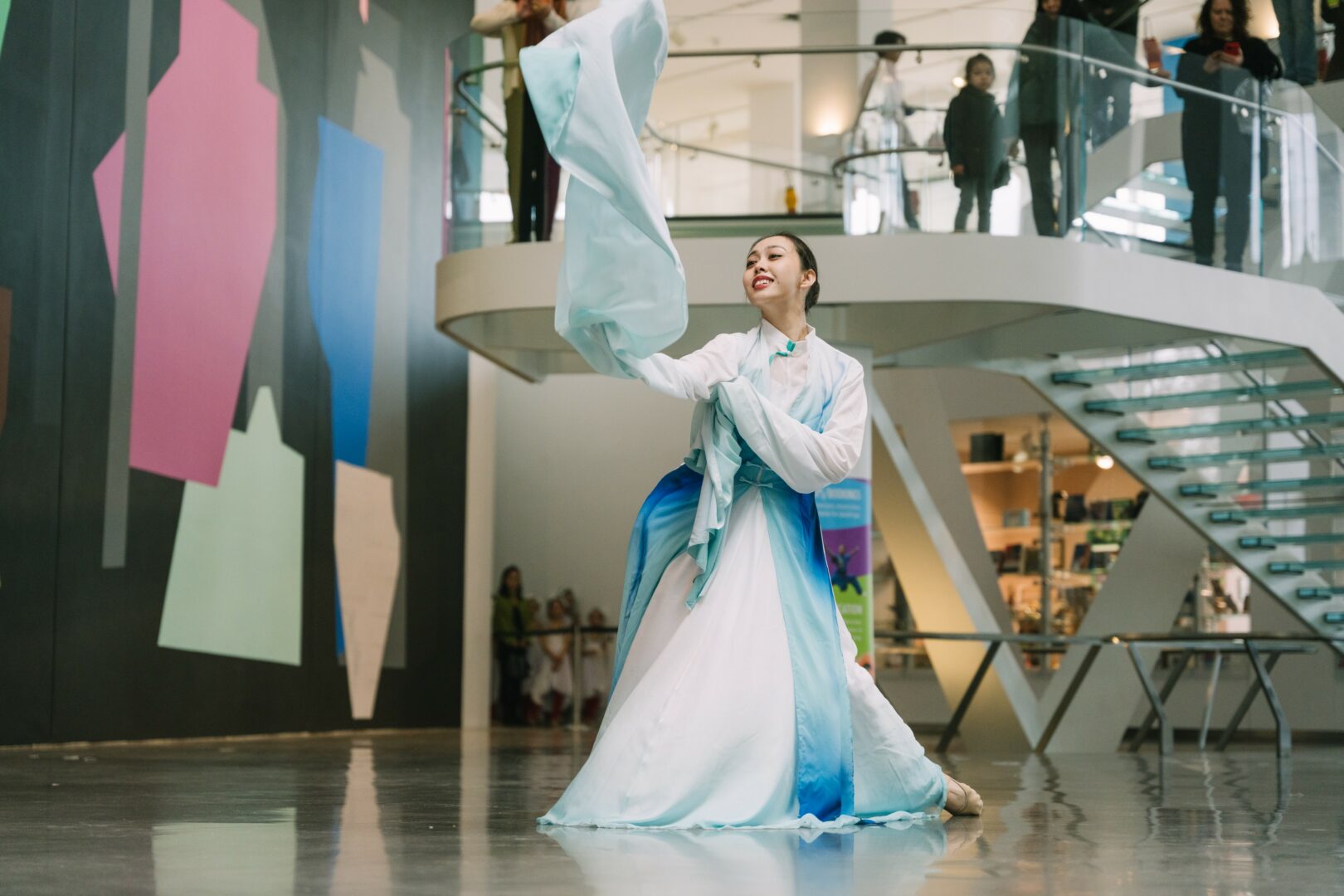
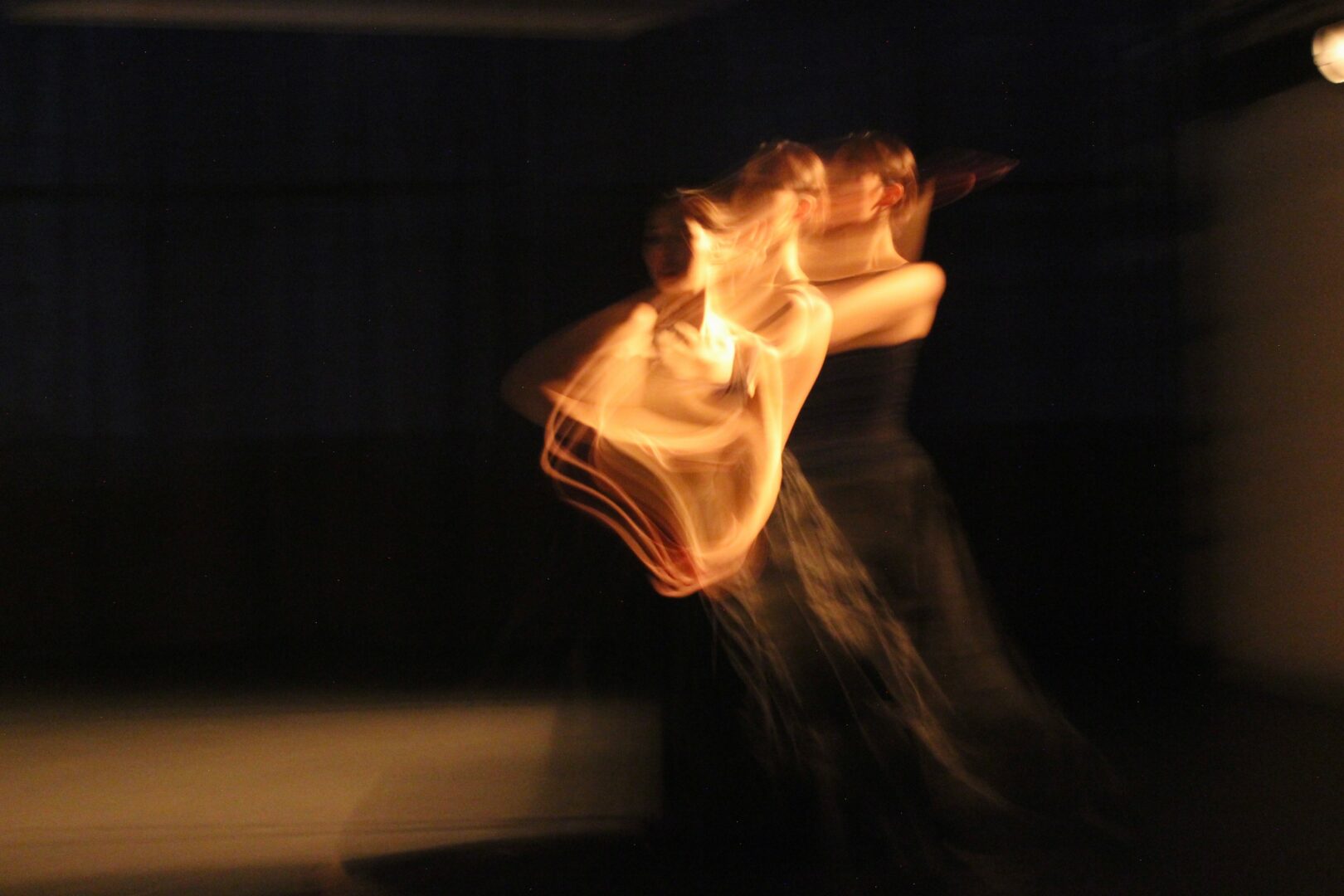
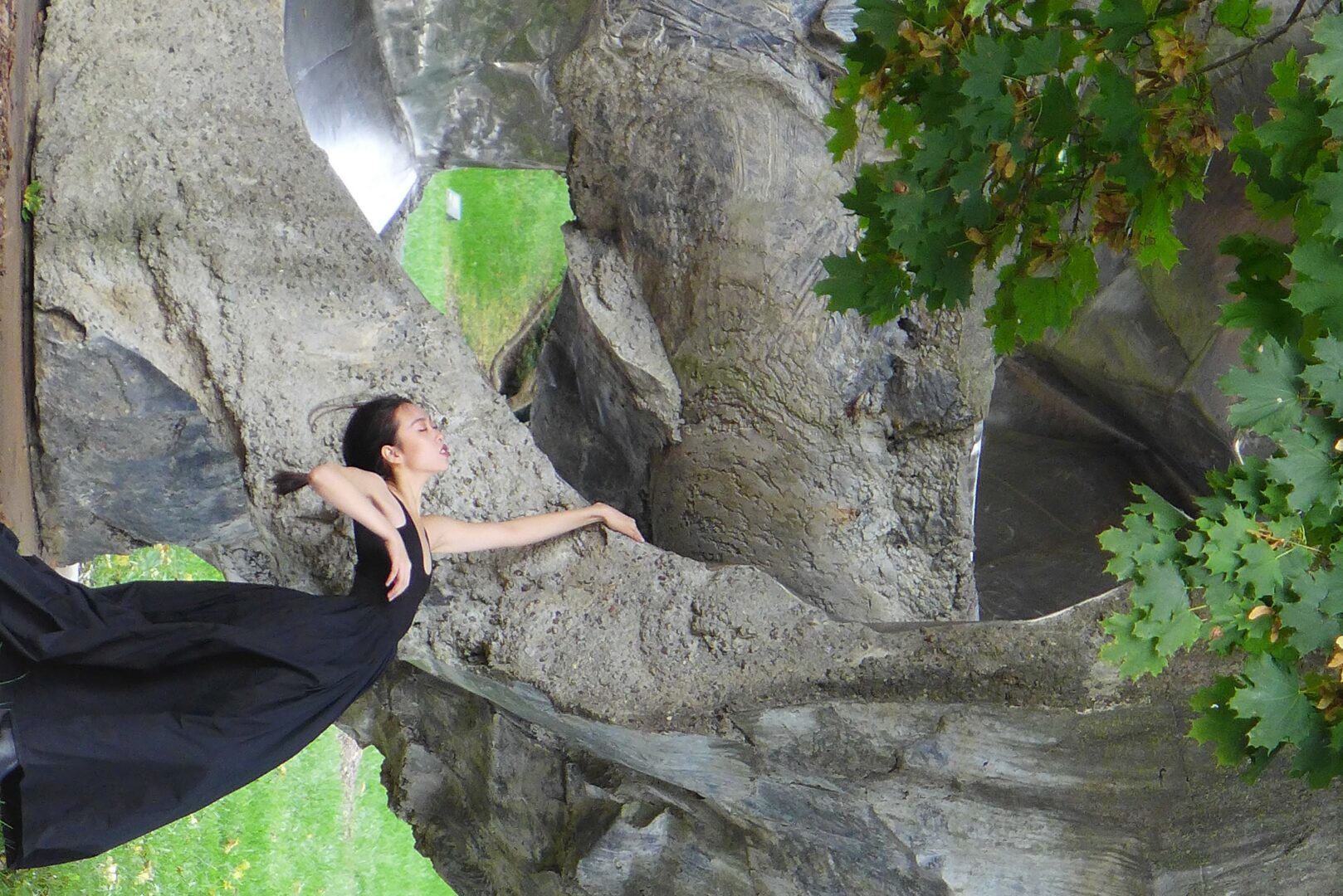

so if you or someone you know deserves recognition please let us know here.

